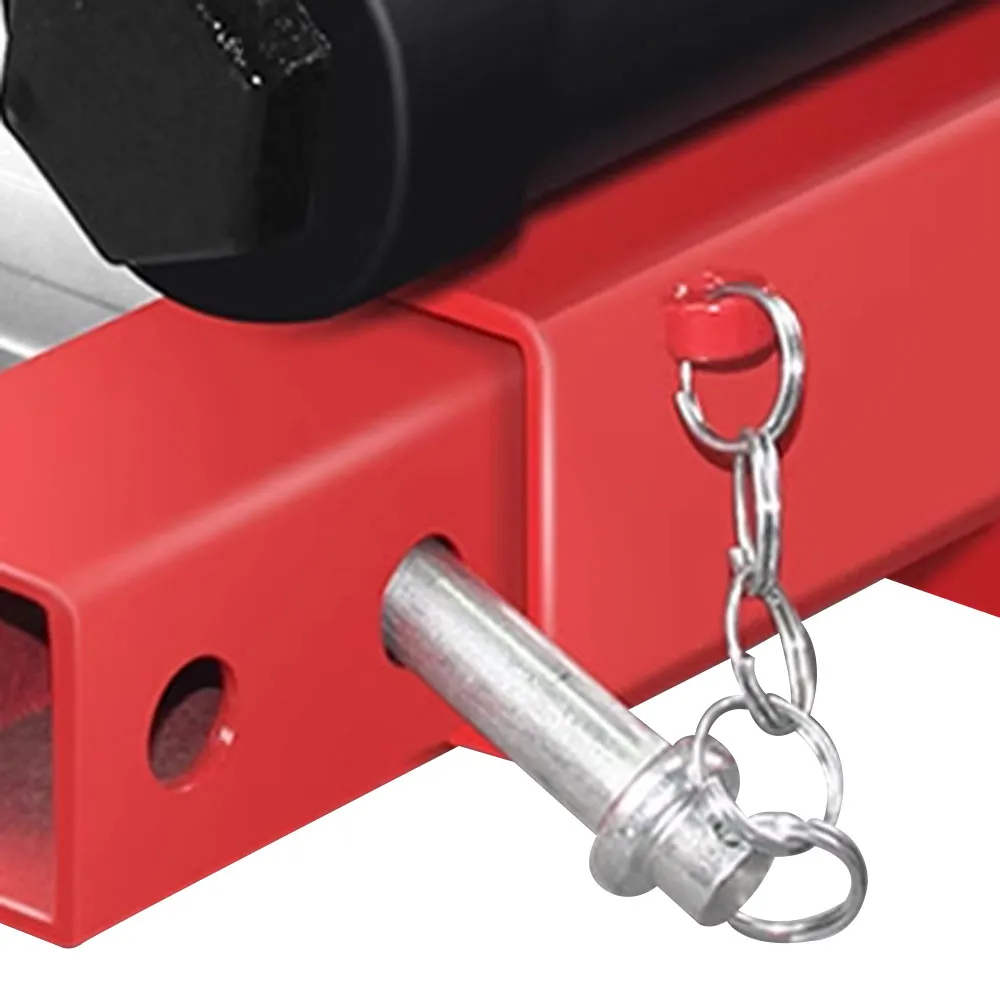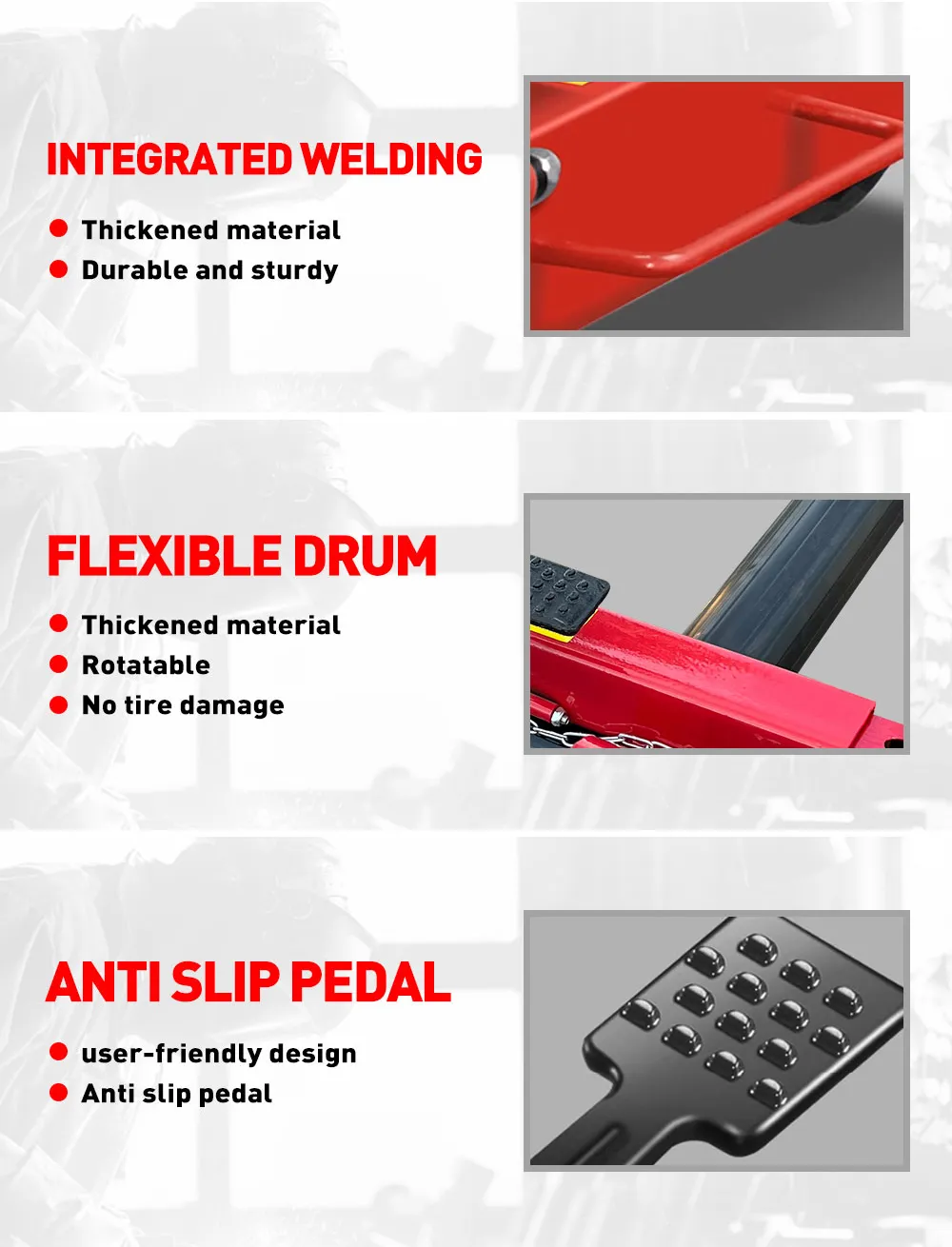2 月 . 15, 2025 21:24
Back To List
3 ton car jack stands
Navigating the landscape of plasterboard lifting equipment is crucial for construction professionals who seek efficiency, productivity, and safety in their operations. This type of equipment is specifically designed to handle and elevate plasterboard, or drywall, to optimal positions on ceilings and walls, significantly minimizing physical strain and risk of injury. By understanding the intricate details of plasterboard lifting tools, professionals can make informed decisions that enhance project outcomes.
Trustworthiness in equipment choice can be achieved through adherence to regulatory standards and certifications. Prospecting buyers should verify that the equipment complies with international safety and quality certifications, such as CE marking or ANSI standards. Reports of equipment with these endorsements performing reliably in diverse conditions substantiate their credibility and quality assurance. For contractors seeking to maintain or elevate their professional reputation, leveraging the expertise of seasoned operators or seeking training programs on the latest lifting technologies could bolster their proficiency. Professional development in this area aligns with authoritative practices, emphasizing the importance of skilled labor as a cornerstone of the construction industry. Moreover, comprehensive maintenance programs extend the lifecycle and efficiency of plasterboard lifting equipment. Routine checks for wear and tear, hydraulic leaks, and mechanical integrity ensure operational safety and prolong the tool’s usability. Engaging with authorized service providers for regular inspections not only aligns with the best practices but also mitigates unforeseen disruptions that could derail project timelines. In conclusion, the strategic utilization of plasterboard lifting equipment epitomizes the convergence of practical experience and technological prowess in construction. By opting for equipment that embodies expert design, authoritative safety standards, and trust in performance, industry professionals can safeguard their workforce, optimize their workflows, and uphold their commitment to excellence. For stakeholders in the construction realm, embracing advanced lifting solutions is more than embracing efficiency—it is adopting a standard that defines modern excellence in building practices.


Trustworthiness in equipment choice can be achieved through adherence to regulatory standards and certifications. Prospecting buyers should verify that the equipment complies with international safety and quality certifications, such as CE marking or ANSI standards. Reports of equipment with these endorsements performing reliably in diverse conditions substantiate their credibility and quality assurance. For contractors seeking to maintain or elevate their professional reputation, leveraging the expertise of seasoned operators or seeking training programs on the latest lifting technologies could bolster their proficiency. Professional development in this area aligns with authoritative practices, emphasizing the importance of skilled labor as a cornerstone of the construction industry. Moreover, comprehensive maintenance programs extend the lifecycle and efficiency of plasterboard lifting equipment. Routine checks for wear and tear, hydraulic leaks, and mechanical integrity ensure operational safety and prolong the tool’s usability. Engaging with authorized service providers for regular inspections not only aligns with the best practices but also mitigates unforeseen disruptions that could derail project timelines. In conclusion, the strategic utilization of plasterboard lifting equipment epitomizes the convergence of practical experience and technological prowess in construction. By opting for equipment that embodies expert design, authoritative safety standards, and trust in performance, industry professionals can safeguard their workforce, optimize their workflows, and uphold their commitment to excellence. For stakeholders in the construction realm, embracing advanced lifting solutions is more than embracing efficiency—it is adopting a standard that defines modern excellence in building practices.
Prev:
Products categories
Latest News
-
Unlock the Power of the Spring Compressor for Your Projects
NewsApr.01,2025 -
Unlock the Power of Safe and Efficient Compression with the Spring Compressor
NewsApr.01,2025 -
Unlock Maximum Efficiency with the Spring Compressor
NewsApr.01,2025 -
Maximize Efficiency and Safety with the Spring Compressor
NewsApr.01,2025 -
Discover the Efficiency of the 2 Ton Foldable Shop Crane: A Must-Have for Auto Repair and More
NewsApr.01,2025 -
Discover the Best Spring Compressor for Your Needs
NewsApr.01,2025 -
Unlock the Full Potential of Your Workspace with the Tools Trolley
NewsMar.21,2025















